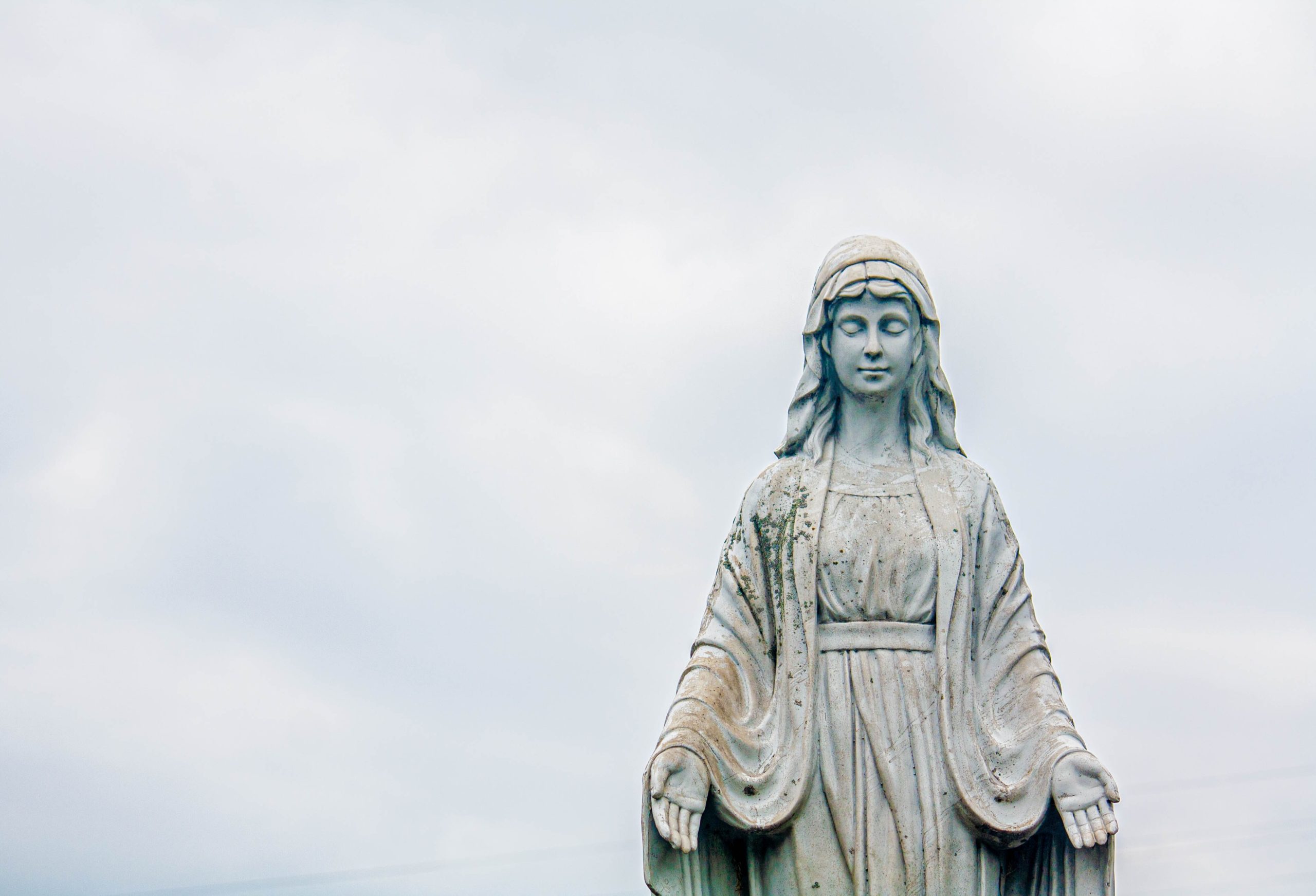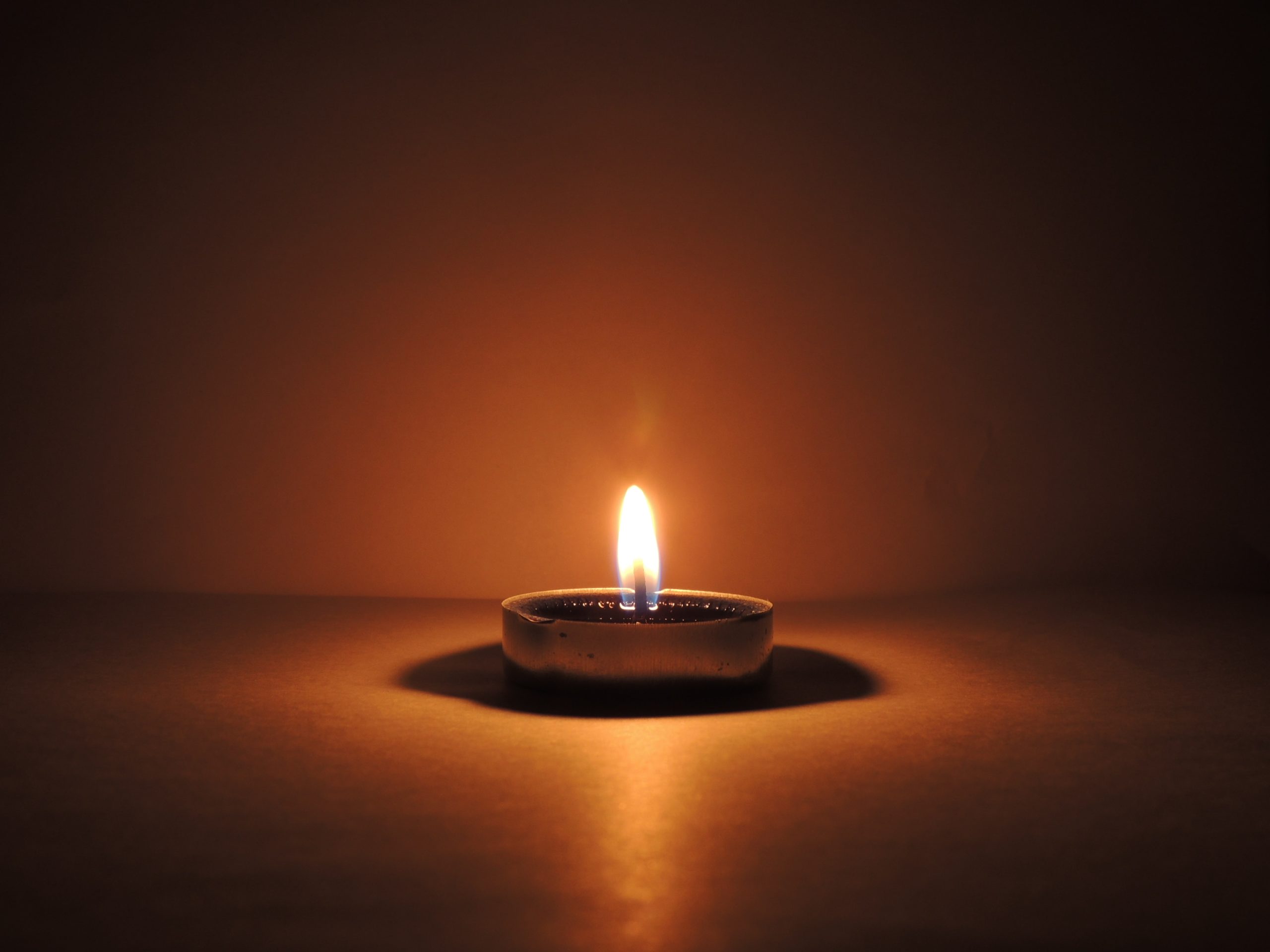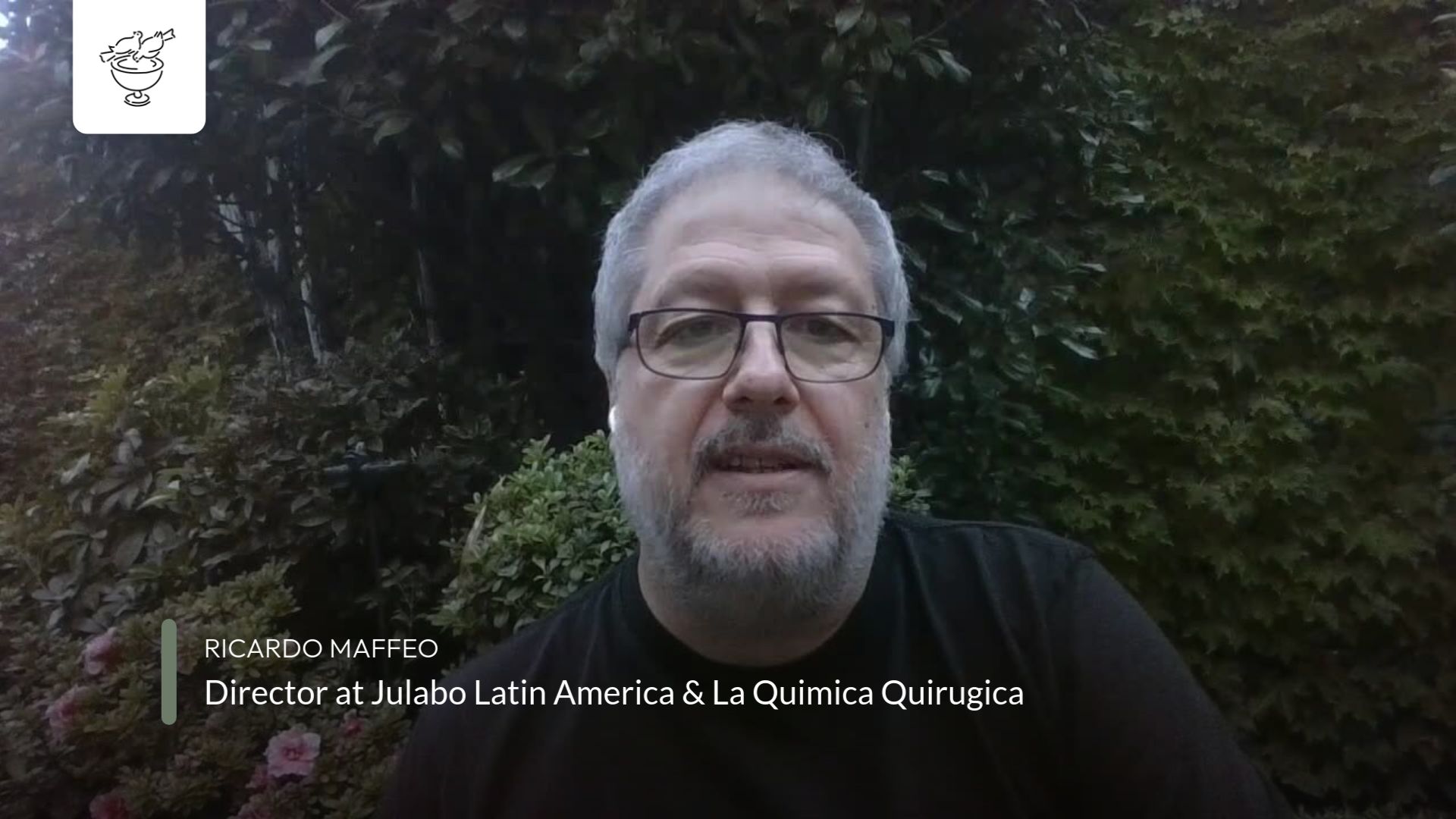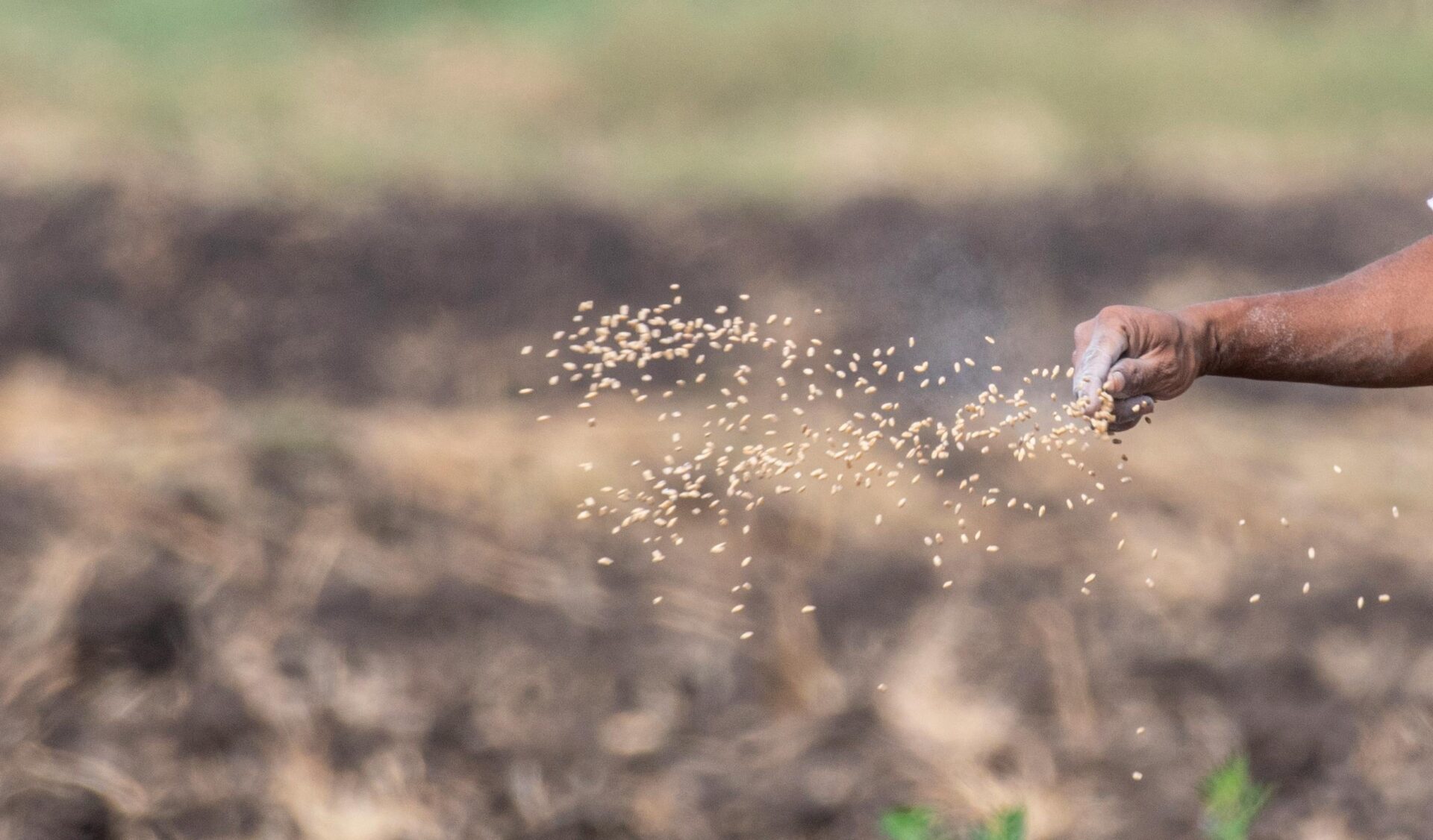It came to me that Mary is the model for how to be with the suffering of the world.
A growing image came to me during my stay at Meditatio House; that of Mary at the foot of the cross. This image of Mary, standing, sometimes kneeling by the cross, but always looking towards the crucifixion of her son. It came to me that Mary is the model for how to be with the suffering of the world, in fact how to be in the world in general, in that suffering is an inescapable aspect of being alive.
I remember during a visit to Lourdes, the stations of the cross wound itself up around a hill. At the top the final station was a statue of Jesus crucified, and below him were the Roman soldiers and Mary. I remember thinking how small, soft and vulnerable Mary’s body looked next to the Roman soldiers, the hardness of their armour, weapons, and size rendered in stone. Mary standing at the foot of the cross was in stark contrast to the power and victory that the soldiers embodied.
This perhaps points to what love looks like: that it always stands exposed, that it is always the loser, that it assumes a position of what looks like worldly powerlessness. Marion Woodman, a Jungian analyst, in talking about the feminine principle states that it is “unpossessed and unpossessing, its strength is its vulnerability, vulnerable to life, to love, to otherness”. This surely is an appropriate description of Mary and of the position she assumes, one that dares to truly look at the (suffering) other.
But because it is a position of vulnerability and powerlessness, we would prefer to look away from the crucifixion, towards distraction and entertainment. Our whole consumerist economy is geared towards this. Because we know that to look would mean to become crucified ourselves. If we truly gave our attention to the suffering of the world, to the horror that is possible, this looking would be in exactly the same way that a mother is crucified when she looks at her dying son on the cross- it is no wonder we look away. Because for a mother who experiences the pain of seeing her child dying, it is as if she herself is dying. And this maybe points to the fact that when we truly witness the suffering of another, there is no sense of a separate self.
This is what we are called to do. We are all called to be Mary. Simone Weil says that people who are suffering need more than anything other people who are capable of giving them their attention:
“In the first legend of the Grail (the miraculous vessel that satisfies all hunger by virtue of the consecrated Host), it is said that the Grail belongs to the first comer who asks the guardian of the vessel, a King three-quarters paralyzed by the most painful wound, “What are you going through?” To love our neighbour in all its fullness simply means being able to say to him: what are you going through? It is a recognition that the sufferer exists, not only as a unit in a collection, or a specimen from the social category labeled “unfortunate,” but as a man, exactly like us, who was one day stamped with a special mark by affliction. For this reason it is enough, but it is indispensable, to know how to look at him in a certain way…The capacity to give one’s attention to a sufferer is a very rare and difficult thing; it is almost a miracle; it is a miracle.”
This attention is to continually keep our gaze directed at the crucified Christ on the cross, that is, at another’s suffering. But it requires spiritual training and discipline because of our tendency to look away, because it goes against what we would normally do, which is to turn away from the suffering of another. The early Christian monastics, the Desert Fathers and Mothers, understood that this required training and discipline, that the virtues needed to be cultivated (Evagrius and the eight thoughts) in order to keep directing our gaze towards God on the cross, towards our neighbour on the cross. Otherwise they are invisible to us, obscured by our own ego needs and demands to be at the centre. This training needs to be at once spiritual, physical, emotional, intellectual and ethical. A meditation practice is a form of training in this, and if we are receptive to it, living in community like at Meditatio House can also train us for this.
This training and discipline is like having walls that hold you up until you are able to do it more naturally, by yourself. To help us go against our natural tendency to look away. We do all of this in order to be able to stand at the cross, to look at those who are crucified. I think God allowed himself to be crucified like a criminal, a slave, in order to show us where we will find Him. It is not with the winners.
It also draws attention to the fact that many people around us are crucified though we may not be aware of it; but hopefully there are also some who are standing by, looking up at the cross. In fact, we are already always at the foot of the cross anyway. That is what our true positions really are: to die, and cause our loved ones pain, or to watch our loved ones die one by one, sooner or later we will be thrown at the foot of the cross looking up at the crucified Christ. It is just a matter of whether we are aware of it or not, if we want to accept it or not. I think this is what Simone Weil must mean when she says:
“Life as it is given to men is unbearable without recourse to lying. Those who refuse to lie and who prefer to realize that life is unbearable, though without rebelling against fate, receive in the end, from somewhere beyond time, something which makes it possible to accept life as it is.”
It is hard to imagine for those of us who live a middle-class Western lifestyle the kind of sufferings possible in the world, which does not occur as an anomaly or a blip in an otherwise tranquil life, but is the very structure of some people’s reality. However, everyone will undergo some level of affliction in life if they live long enough because of illness and death, particularly of our loved ones. This kind of minimum suffering is hardly imaginable, never mind all the other kinds of suffering that is possible in the world; yet we are all inevitably moving towards that point in the horizon through time.
It is only through lying to ourselves that we don’t see that we are already standing at the foot of the cross. Our only choice in this life is to look at it or to look away. Mary provides the model for looking towards it, a model for how we are to respond to being in the world. Michelangelo’s Pietà is a beautiful artistic representation of this in the form of a statue. Mary is holding the dead Christ across her lap. Her head is bowed low and her face is one of complete acceptance and love, though we can imagine the unbearable crucifixion she is experiencing herself. They say that in this work Mary is rendered by Michelangelo as looking younger than she would be as the mother of Jesus. I like to think that maybe this is because he is trying to portray what it is like to be filled with the Spirit. Because perhaps it is by the grace of God that she has been able to stand at the cross, looking at her dying son. To hold him in her arms, when they take him down from the cross. It would not be possible otherwise. Maybe this is what pushes Simone Weil to say that real compassion is a “miracle”, because we need the help of the Spirit in order to be able to bear witness to suffering: “for without me ye can do nothing” (John 15:05). To bear witness: the only thing worth doing and yet the hardest thing of all. We too must be filled with the Spirit in order to be able to direct our attention towards the suffering other, towards the world, so that maybe one day we too can exclaim, like Mary in her Magnificat:
My soul glorifies the Lord,my spirit rejoices in God, my Saviour.He looks on his servant in her lowliness;henceforth all ages will call me blessed.The Almighty works marvels for me.Holy his name!
References
Simone Weil, Gravity and Grace, and Waiting for God
Marion Woodman, The Pregnant Virgin: A Process of Psychological Transformation





